Are you ready to transform your corn snake’s life from ordinary to extraordinary? These gentle, captivating reptiles deserve a home as fascinating and comfortable as they are. Whether you’re a first-time snake parent or a seasoned reptile lover, understanding how to truly care for your corn snake can make all the difference. Imagine your snake thriving—vivid, healthy, and calm—because you took the time to discover what really makes them happy. Let’s dive into the heart of corn snake care, where small changes lead to big improvements in their comfort and wellbeing!
Choose the Right Enclosure Size
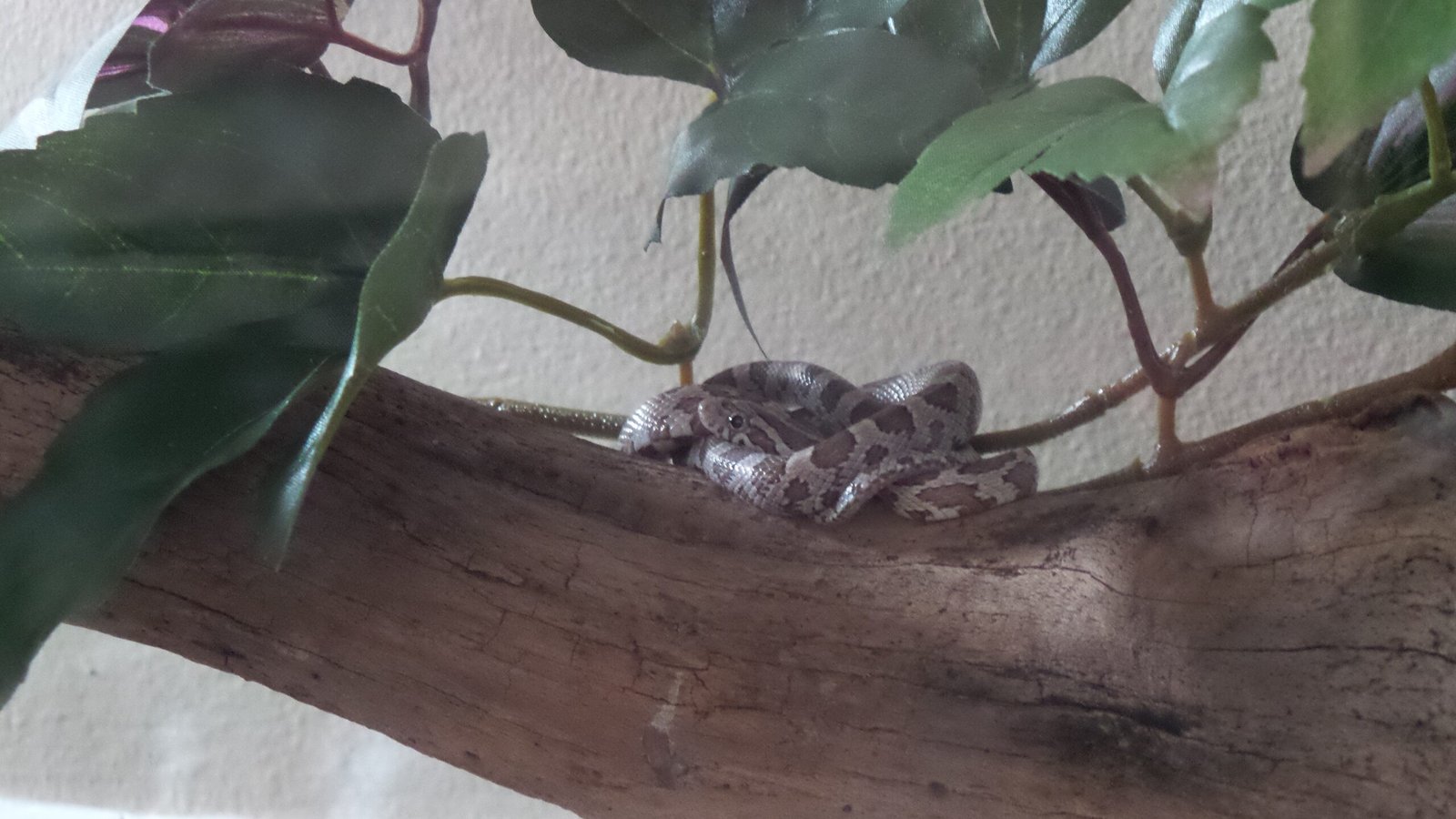
Picking the perfect home for your corn snake isn’t just about aesthetics; it’s about their happiness and health. A cramped tank can make your snake stressed and lethargic. A single adult corn snake thrives best in a tank that’s at least 20 gallons, but bigger is always better. The length of the enclosure should ideally be about two-thirds the length of your snake. If you start with a baby, remember they will grow quickly, so plan ahead to upgrade as needed. A spacious enclosure allows room for exploring, hiding, and stretching out, which are essential for their mental and physical wellbeing. Don’t forget a secure lid—corn snakes are notorious escape artists! By providing enough space, you’re giving your snake the freedom to be itself.
Maintain Proper Temperature and Heating
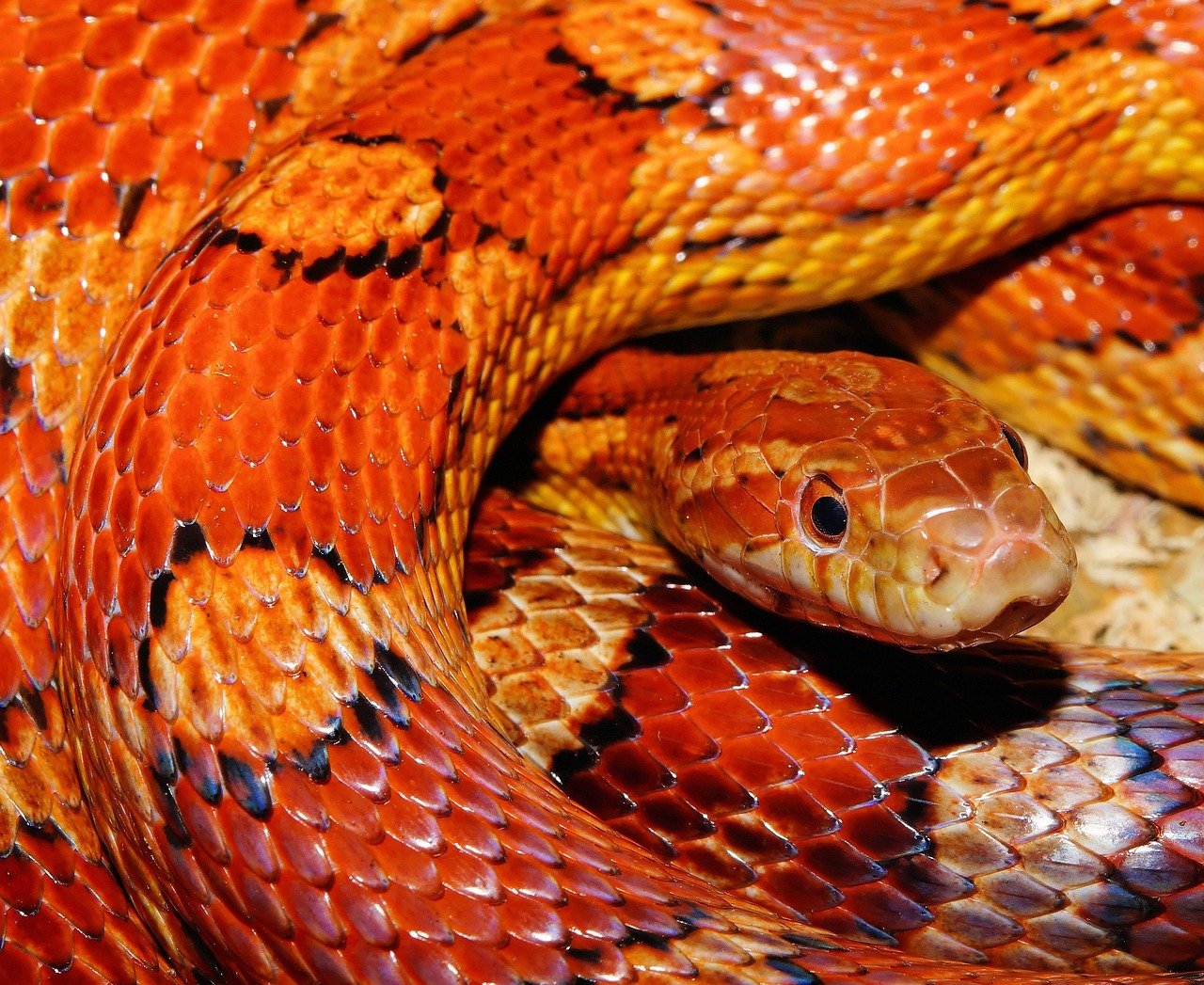
Temperature control is crucial for your corn snake’s comfort. These reptiles depend on external heat to regulate their body temperature, so you’ll need to create a temperature gradient inside their tank. This means having a warm side around 85°F (29°C) and a cooler side at about 75°F (24°C). Use an under-tank heating pad or heat lamp, but always monitor with a reliable thermometer. Avoid hot rocks, as they can burn your snake. At night, temperatures can drop a bit, but never below 65°F (18°C). By providing this range, your snake can choose where it feels best, just like it would in the wild. Consistent warmth keeps your corn snake active, aids digestion, and supports overall health.
Offer Plenty of Hiding Spots
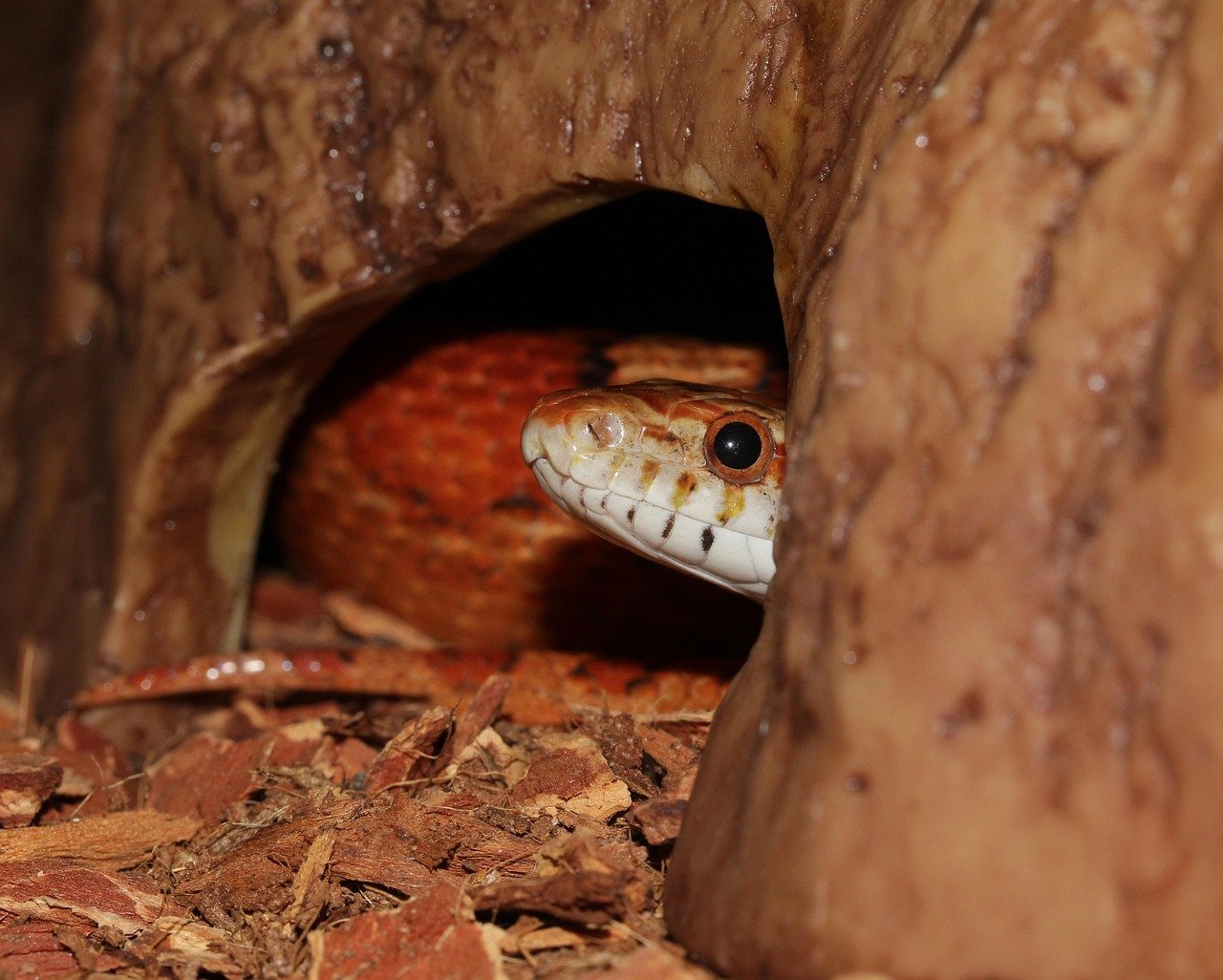
Imagine living in a glass box with nowhere to hide—pretty stressful, right? Corn snakes crave security, and multiple hiding spots make all the difference. Place at least two hides, one on the warm side and one on the cool side of the enclosure. These can be simple boxes, caves, or even homemade shelters from safe materials. Adding extra hides or decorative cover like artificial plants gives your snake options, helping it feel safe and less exposed. When your snake feels secure, it’s more likely to eat well and show its natural behaviors. A comfortable, confident corn snake is a joy to watch and interact with.
Use the Right Substrate
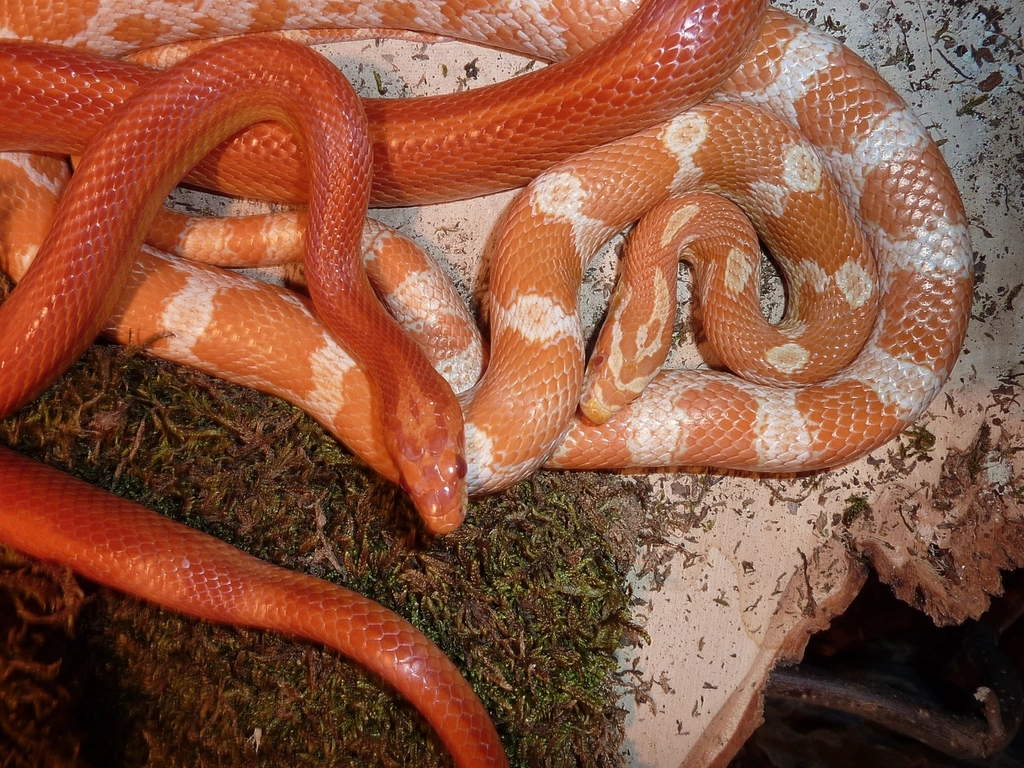
Choosing the right bedding, or substrate, is more important than you might think. Aspen shavings are popular because they’re safe, easy to clean, and allow your snake to burrow. Avoid cedar or pine, as their oils can be toxic to reptiles. Newspaper or paper towels work too, especially for young snakes or during quarantine. Coconut fiber is another option that holds humidity well. A good substrate not only mimics the snake’s natural environment but also helps control odor and makes cleaning easier. Spot clean soiled areas daily and do a full substrate change regularly to prevent bacteria build-up. Your corn snake will thank you with healthy skin and a curious, active attitude.
Keep Humidity at the Right Level
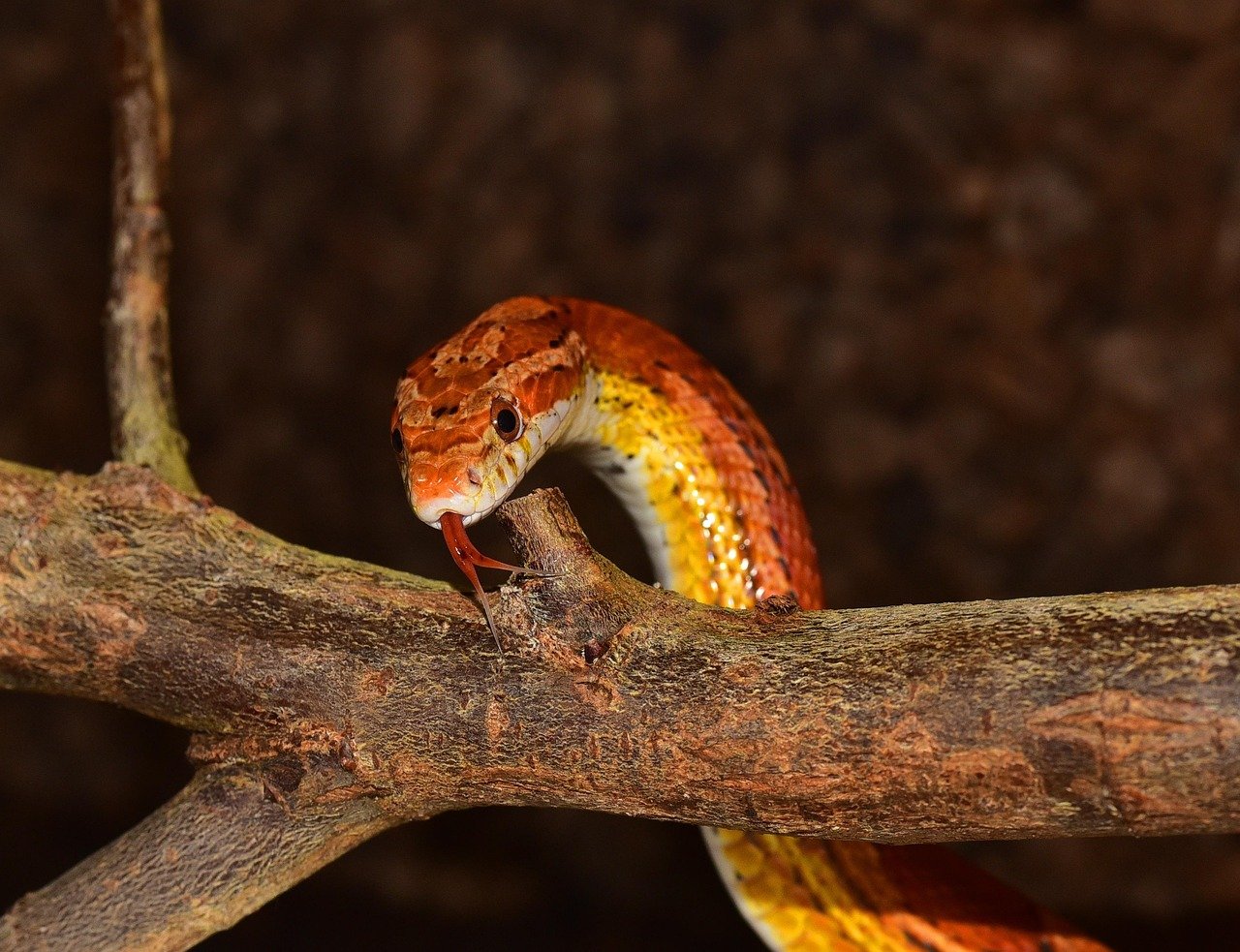
Corn snakes need just the right amount of humidity to stay healthy—not too dry, not too damp. Ideally, keep humidity levels between 40% and 60%. Too much moisture can cause respiratory problems, while too little can lead to shedding issues. Use a hygrometer to check levels daily. Providing a shallow water dish in the tank helps maintain humidity and gives your snake a chance to soak if it wants. During shedding, mist the enclosure lightly if you notice dry air. A well-balanced environment means easier sheds and a happy, hydrated snake.
Ensure Clean, Fresh Water Is Always Available
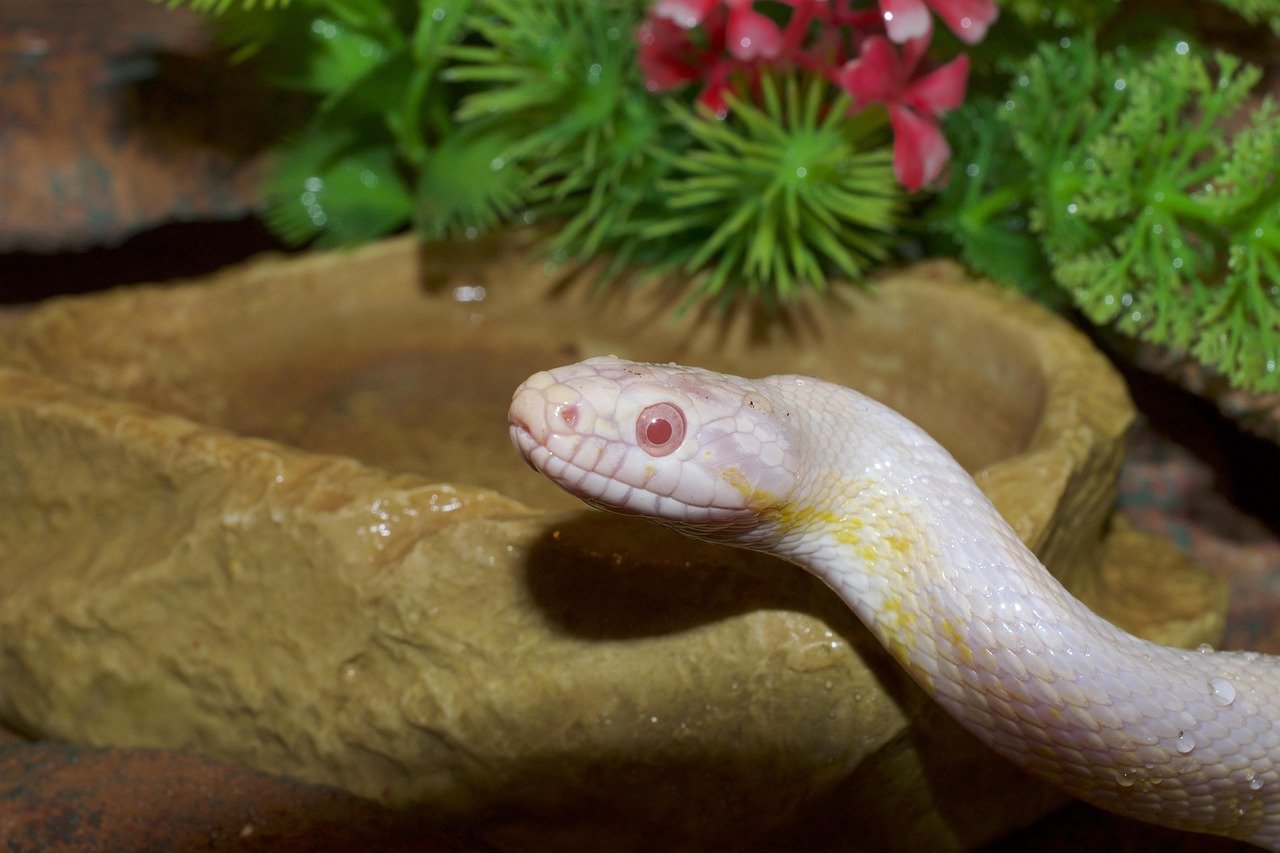
Just like us, corn snakes need constant access to clean water. Use a sturdy, tip-proof bowl that’s big enough for your snake to curl up in. Change the water daily, and scrub the bowl with warm water and mild soap every week to prevent bacteria. If your snake is shedding or the weather is hot, check even more frequently. Sometimes, you’ll find your corn snake soaking in its bowl—this is perfectly normal and helps with hydration and shedding. Fresh water is a simple but essential comfort for your pet.
Feed a Nutritious and Appropriate Diet
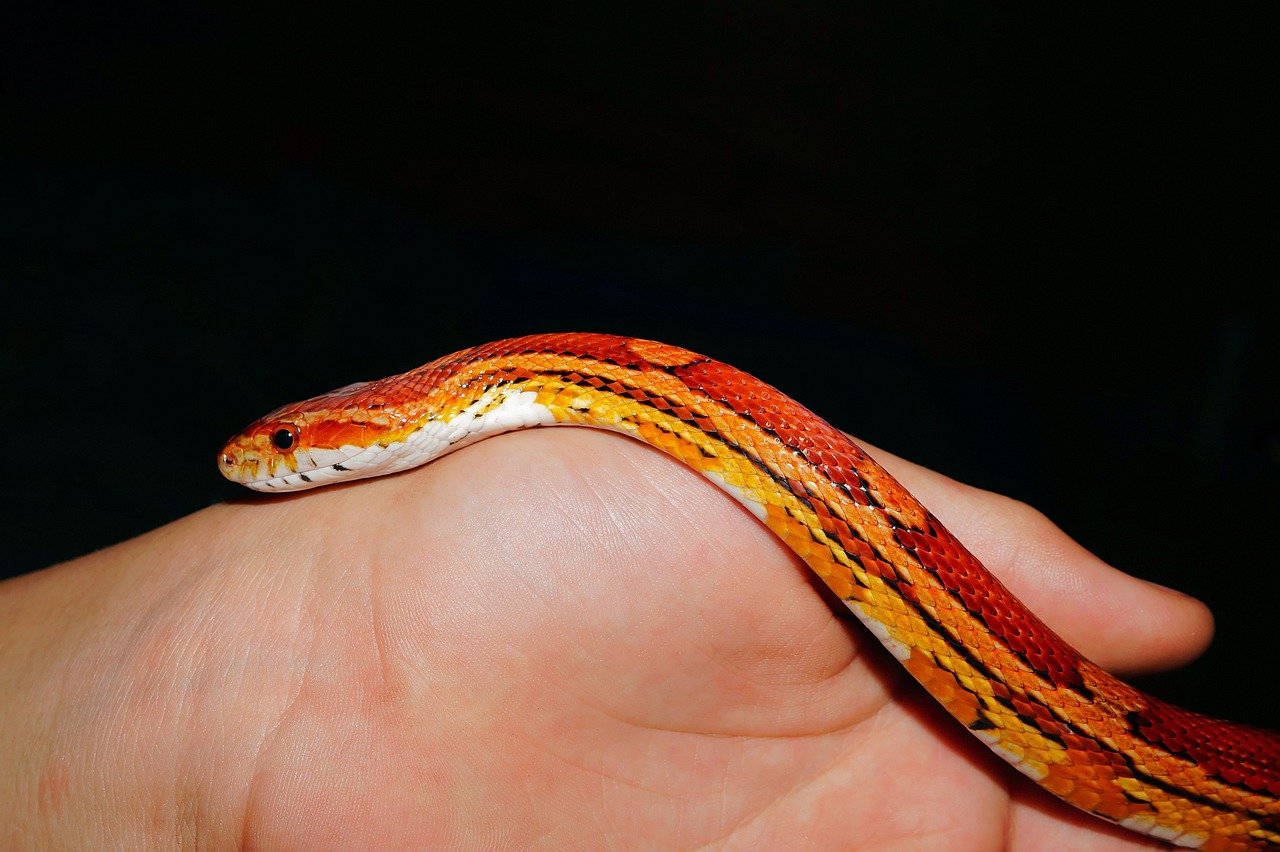
Feeding your corn snake might feel a little nerve-wracking at first, but it’s straightforward once you get the hang of it. Offer pre-killed or frozen-thawed mice of appropriate size—never feed live prey, as it can injure your snake. The meal should be about as wide as the snake’s widest part. Young corn snakes eat once every 5-7 days, while adults can go 7-10 days between meals. Always feed in the evening, as corn snakes are naturally more active at night. A healthy diet supports growth, vibrant coloring, and a strong immune system.
Handle With Care and Respect
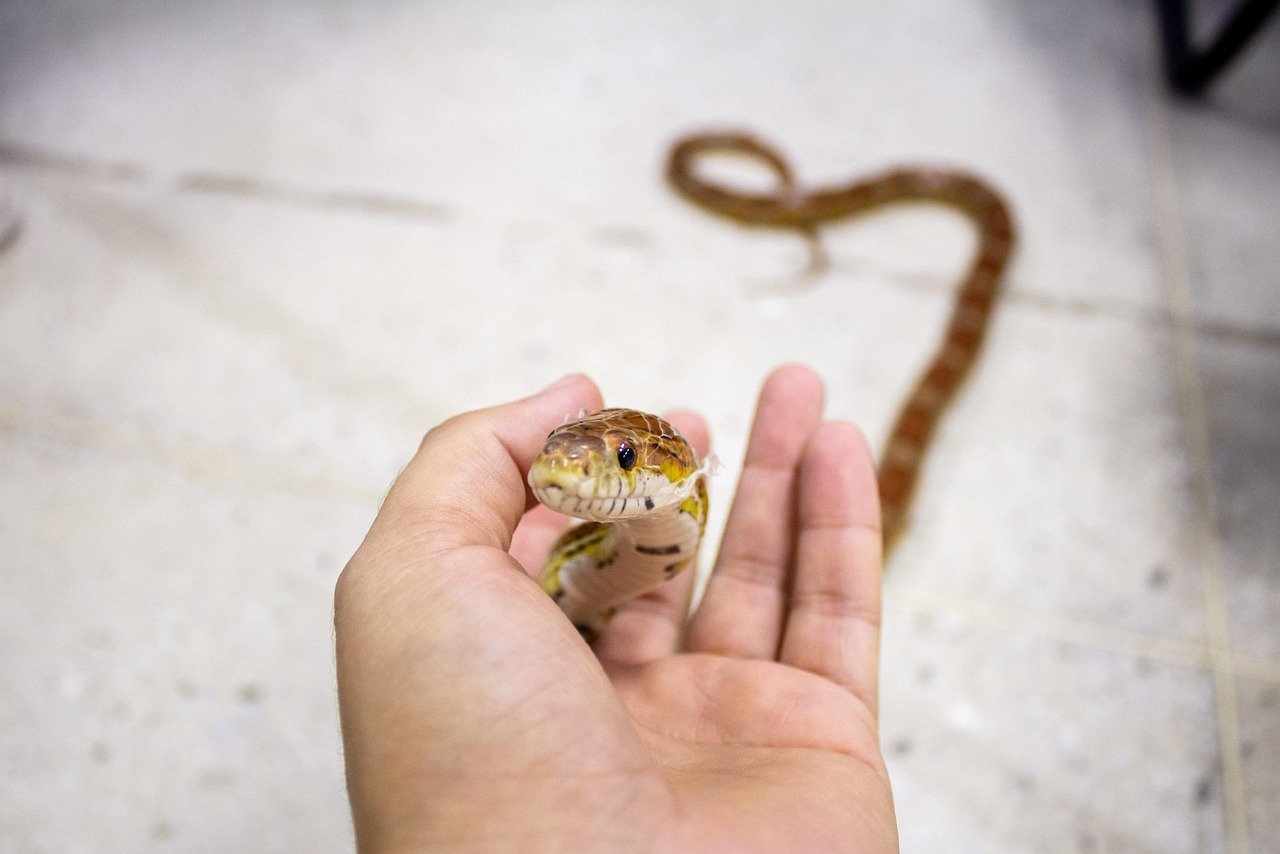
Handling your corn snake builds trust, but it must be done gently. Always support the snake’s body with your hands and avoid sudden movements. Let your snake move through your fingers rather than restraining it. Avoid handling for at least 48 hours after feeding to prevent regurgitation, and never disturb your snake while it’s shedding. Regular, calm handling helps your snake become more comfortable with you, but respect its boundaries—if it seems stressed, give it a break. Patience and kindness go a long way in creating a bond.
Watch for Signs of Illness
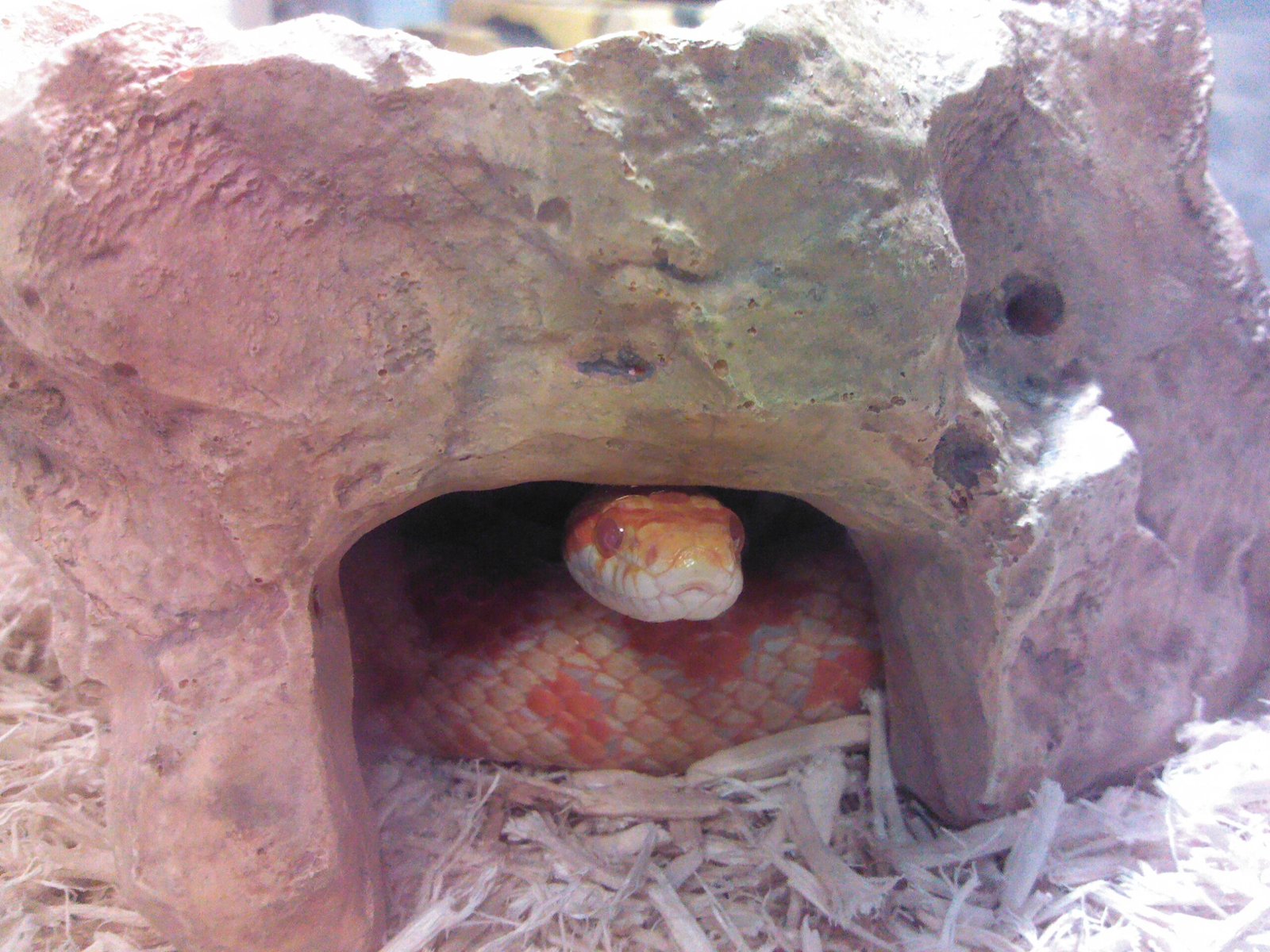
Your corn snake can’t tell you when it’s feeling unwell, so it’s up to you to notice any changes. Look for signs like loss of appetite, lethargy, wheezing, abnormal shedding, or lumps under the skin. If you notice anything unusual, consult a reptile veterinarian right away. Early intervention can make all the difference. Routine health checks and knowing your snake’s normal behavior help you catch issues before they become serious. Remember, a healthy snake is an active, curious one.
Provide Enrichment and Opportunities for Exploration
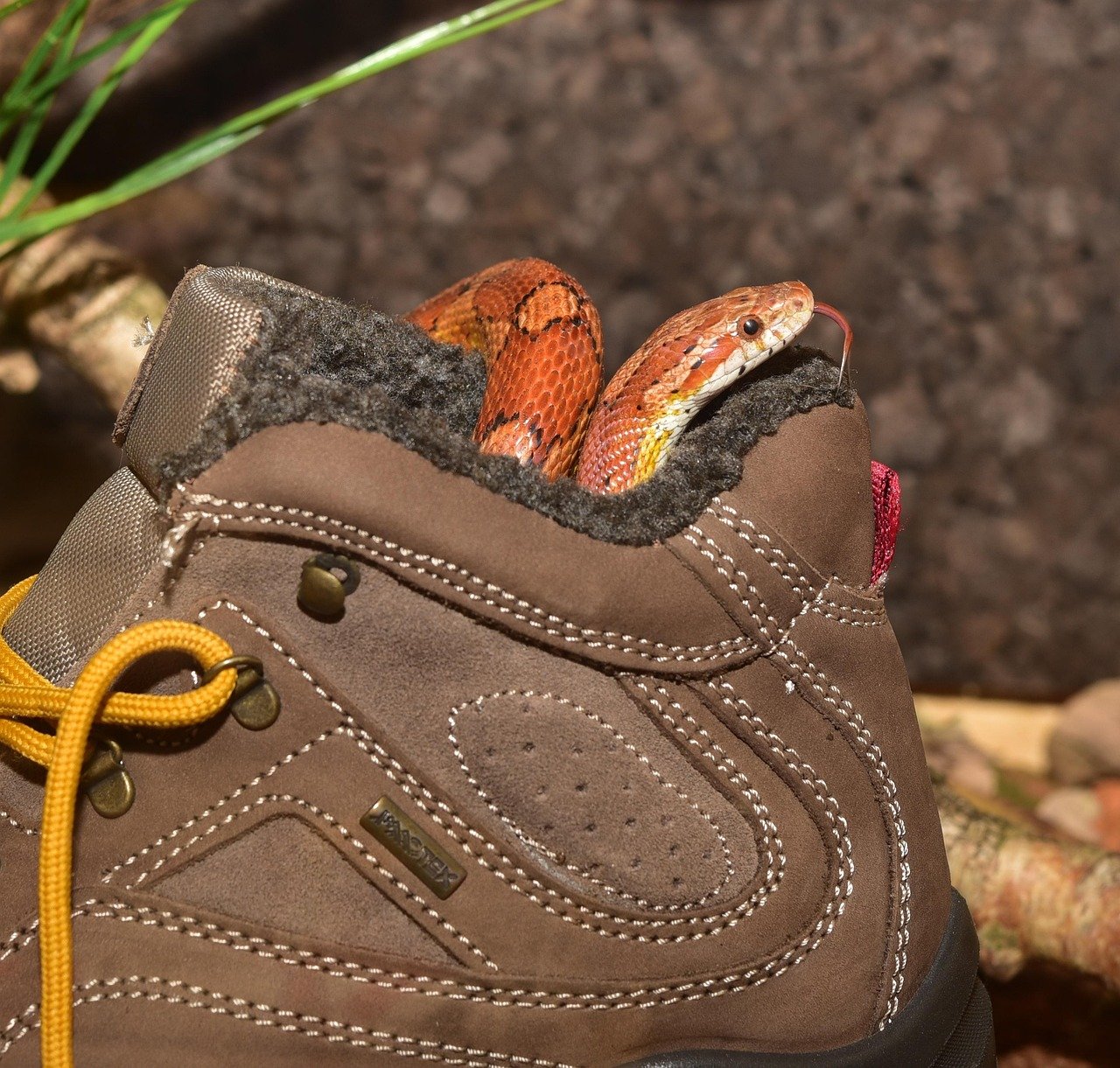
Corn snakes are surprisingly curious and benefit from new experiences. Change up the layout of their enclosure occasionally—move hides, add branches, or introduce new decor. You can even offer supervised exploration outside the tank in a safe, enclosed area. Enrichment prevents boredom and encourages natural behaviors like climbing and burrowing. Watching your snake investigate its environment is not only enriching for them, but also deeply rewarding for you. A stimulated snake is a happy snake.
Always remember, your care and attention make all the difference in your corn snake’s life. With a little attention to their habitat, diet, and handling, you’ll build a bond that’s both easy and rewarding. Remember, a comfortable snake is a healthy, stress-free snake! With these simple tips, your corn snake can enjoy a long, content life by your side. Isn’t it amazing how a few thoughtful changes can create a world of comfort for your scaly friend?
Jen is a passionate nature lover and ocean conservationist. She has dedicated her life to protecting the environment and preserving the beauty of the natural world. Growing up in a small coastal town, Jen sincerely appreciated the ocean and its inhabitants. She has spent countless hours exploring the shoreline, learning about the creatures that inhabit the waters, and advocating for their protection. Jen is an active member of ocean conservation organizations, and she is committed to educating the public about the importance of conserving wildlife and the natural environment.






